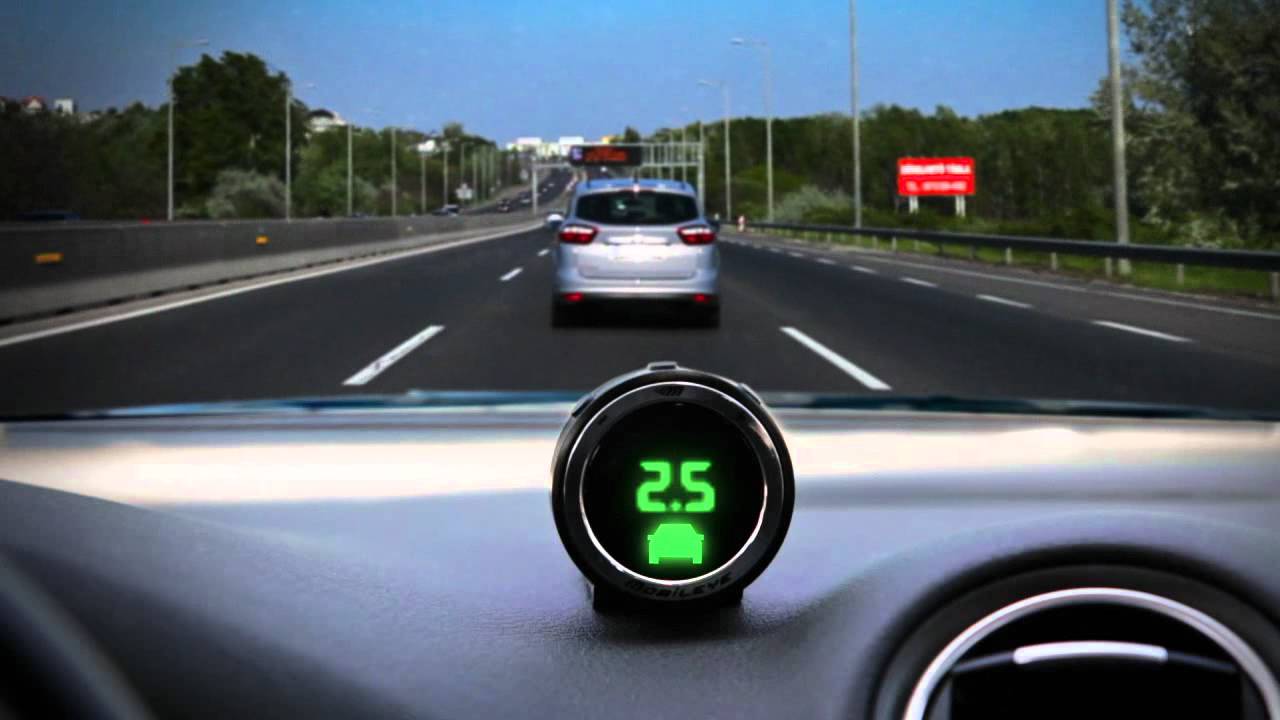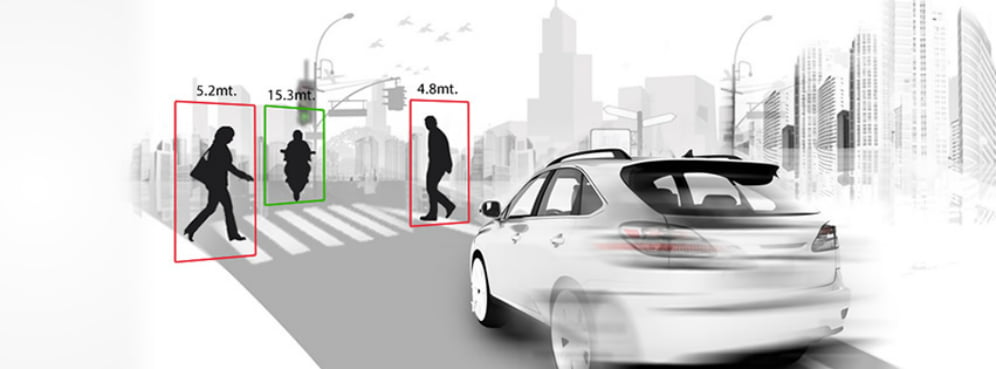For many drivers who have known the grating experience of spending hours in traffic, the prospect of owning a driverless car has been a long-awaited dream. Now the prospect of an automated vehicle that allows you to take you hands off the wheel and feet off the gas, is rapidly becoming a reality as car manufacturers race to produce an entirely autonomous car.
And one Israeli company is taking a big step in that direction.
Mobileye, the world leader in advanced driver assistance systems aimed to prevent road collisions, is paving the future for driverless cars. The Jerusalem-based company initially garnered the world’s attention last August after going public in the US and setting a record$1.02 billion IPO. Today, Mobileye’s market cap is at $11.2 billion, a clear vote of confidence in its revolutionary technology.
SEE ALSO: 2014: The Year Of The Israeli IPO
Over the past few years, hundreds of automakers – such as General Motors, BMW, and Volvo, to name a few – have equipped their vehicles with Mobileye’s collision avoidance technology, protecting drivers, passengers and pedestrians from crashes and accidents.
Founded in 1999, Mobileye has been developing its technology for nearly 16 years, and has been at the forefront of road safety technology since 2007 when its camera system first debuted on the Volvo S80.
“True autonomy will be transformative”
Now, Mobileye’s co-founder and Hebrew University researcher Prof. Amnon Shashua further advances the technology as he looks into the future of the vehicle industry. The first step is to introduce a consumer-grade, hands-free vehicle, which will eventually lead to a completely autonomous, or self-driving car.
“In the next 10 to 20 years, I believe cars will be completely autonomous,” Shashua, co-founder, CTO and chairman of Mobileye, tells NoCamels. “Completely autonomous cars will start being built five years from today. And true autonomy will be transformative.”
SEE ALSO: Will Tesla’s Driverless Car Be Powered By Israel’s Mobileye Technology?
Mobileye works directly with the car industry, selling technology in the form of a chip with algorithms installed in new cars that helps prevent collisions. The company distributes its chip-based systems to 23 automakers, including BMW, Chrysler, Ford, General Motors, Nissan, Peugot, Volvo, Tesla, and truck manufacturers MAN SE, Scania, and IVECO. Mobileye also markets systems to existing fleets, such as the recently announced partnership with New York yellow cabs.
Sign up for our free weekly newsletter
SubscribeIndeed, cab companies in the Big Apple are turning to Mobileye’s road safety alert system in hopes of improving driving experience for both passenger and drivers, by alerting drivers if they get too close to cars in front of them, veer out of the lane, or tailgate.
Collision-detecting technology evolves into driverless vehicles
Mobileye’s collision-detecting technology operates on the company’s third-generation EyeQ3 chip that originally launched on the Audi A7 and Volvo XC90 in the first quarter of this year. The goal at large, however, is to focus on developments that will lead to a new method of driving where the driver can completely let go of the wheel.
While hands-free driving has yet to be considered a mainstream form of transportation, Shashua expects to launch a technology with such capabilities next year. The Mobileye-integrated, hands-free vehicle will have two main uses, Shashua notes. The first is to activate the system when commuting along a long stretch of highway, and the second is to use the system during a traffic jam. “The car can manage itself and stop and go automatically, and then you can disconnect from the driving experience until the traffic starts moving again,” Shashua, who “drives” a driverless, autonomous Audi A7, explains.
Mobileye’s hands-free technology will retail at $3,000 to $5,000; as the technology becomes more commonly used, and within a 10-year time span the price range of the technology will decrease to several hundred dollars (excluding the price of the car), according to Shashua.
“Our first hands-free driving capabilities, combined with features to allow the car to detect traffic signs, curbs and traffic, will have a very high level of machine perception to carry itself autonomously on highways,” Shashua says.
This set of techniques is designed to mimic the human brain. “It is very similar to how the human brain is structured. Those layers have millions of parameters, and you find their value using a very large database of images,” Shashua explains. “Networks with sufficient data and computing capabilities could reach the human level perception.”
While the technology is not intended to completely replace humans’ role in driving, the goal is to create an improved and more convenient experience. Though the system may compensate for sudden changes on the road, the driver is still expected to be alert and awake when behind the wheel.
Photos and video courtesy of Mobileye
Related posts

Editors’ & Readers’ Choice: 10 Favorite NoCamels Articles

Forward Facing: What Does The Future Hold For Israeli High-Tech?

Impact Innovation: Israeli Startups That Could Shape Our Future







Facebook comments